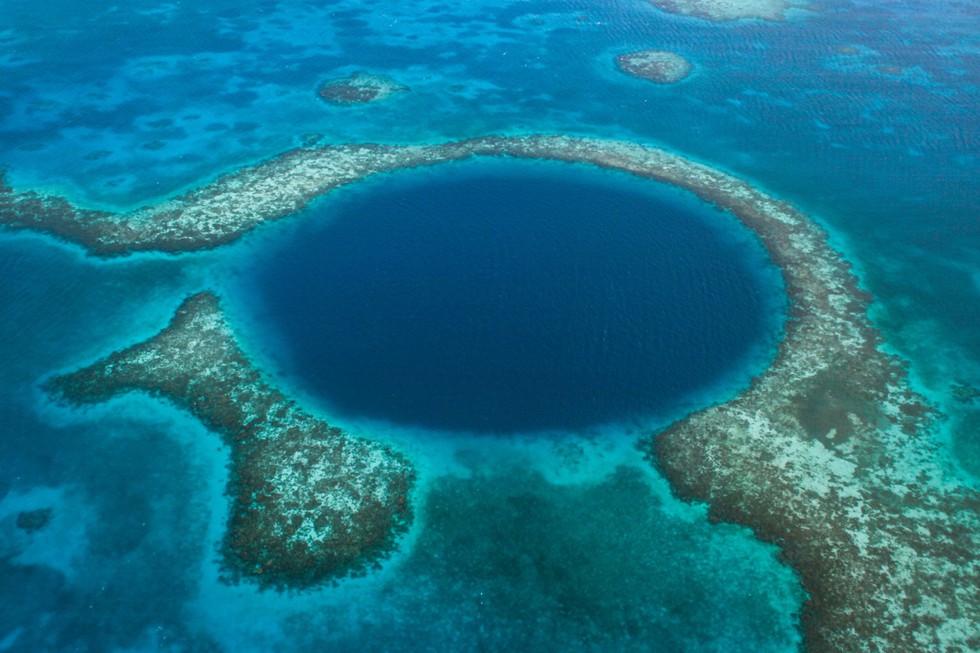
What is a Blue Hole?
About Taam Ja' Blue Hole:
Key facts about Yucatan Peninsula:
यह सर्वमान्य ज्ञान है कि GSP नवीनीकरण...
Red panda was recently captured on ca...
The summer solstice heralds the start...
Recently, the World Health Organizati...
Many Parkinson’s disease researchers ...
Recently, Google at the company’s ann...
Three youths from Konaseema district,...
It is accepted wisdom that GSP renewa...
French security forces are stepping u...
The India-Japan partnership for their...